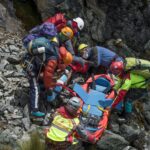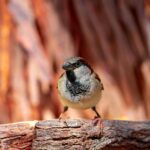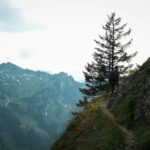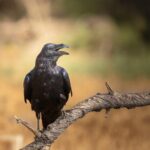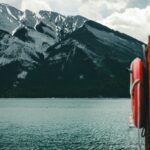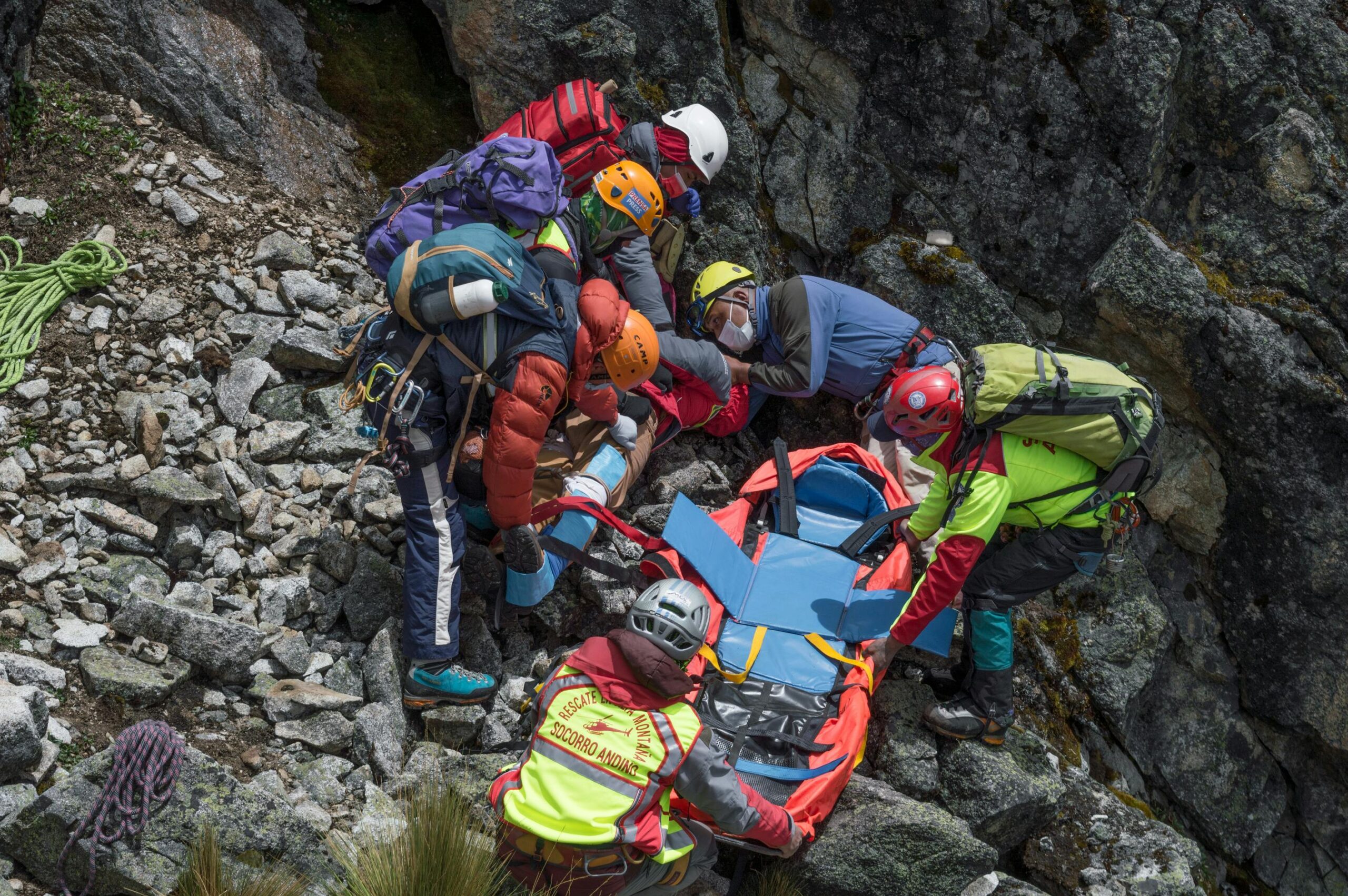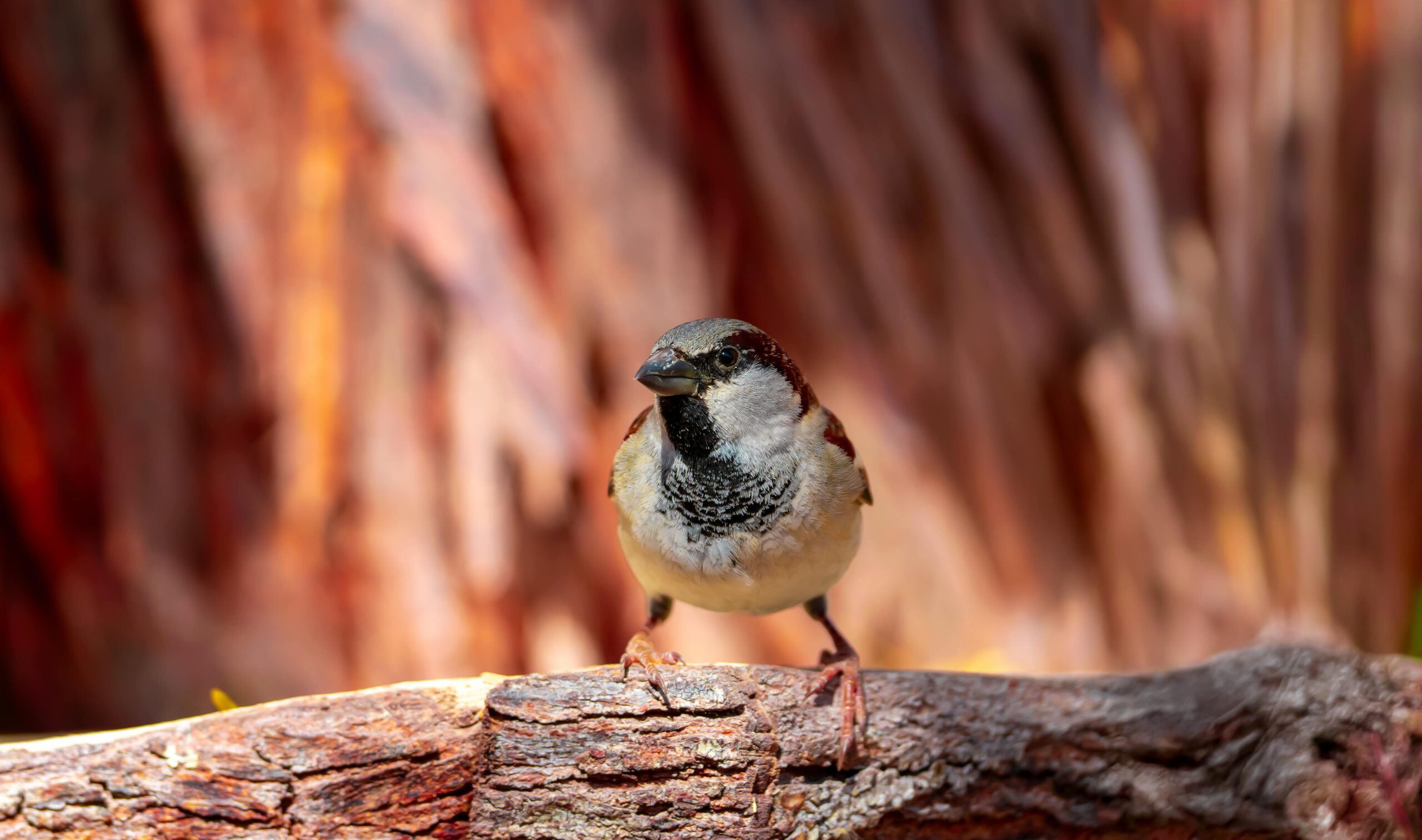Wildlife Witness: The Unseen Consequences of Ethical Observation and the Thin Line Between Conservation and Intrusion
Introduction
As nature photographers and wildlife enthusiasts, we often find ourselves at the crossroads of observation and intrusion. The pursuit of capturing the wild can sometimes blur the lines between respecting the creatures we seek to protect and inadvertently causing harm. In this blog post, we will delve into the unseen consequences of our presence in the wild and explore the thin line between conservation and intrusion.
The Delicate Balance of Ethical Observation
Ethical wildlife observation is not just about snapping a photo or ticking off a species list; it’s about respecting the very essence of the creatures we seek to protect. Maintaining a respectful distance and avoiding behaviors that stress or endanger wildlife is crucial[1]. Using appropriate gear, such as telephoto lenses and portable hides, enables photographers to capture genuine wildlife moments without disturbing the subjects.
The Unseen Consequences of Intrusion
Crossing the line between observation and intrusion can have devastating consequences. Disrupting feeding and breeding patterns, causing stress and endangerment, and even contributing to habitat destruction are all potential outcomes[1]. For example, the recent news about the endangered Florida panther highlights the importance of respecting wildlife habitats and minimizing human impact[2].
The Role of Photography in Conservation
Photography can be a powerful tool for conservation, but it must be used responsibly. Sharing wildlife images can raise awareness and encourage conservation efforts, but it’s crucial to do so in a way that respects the animals and their habitats[1]. By choosing to share educational content rather than sensationalized images, we can promote a deeper understanding and appreciation of the natural world.
Practical Tips for Ethical Wildlife Photography
- Research local regulations and best practices before embarking on a wildlife photography expedition.
- Use appropriate gear, such as telephoto lenses and portable hides, to minimize disturbance.
- Maintain a respectful distance and avoid behaviors that stress or endanger wildlife.
- Share responsibly, choosing educational content over sensationalized images.
The Broader Context of Conservation
The debate around hunting for scientific research highlights the complexities of conservation efforts. Balancing scientific advancement with animal welfare and ecological preservation requires careful examination of multiple perspectives[3]. The recent emergency listing of the blue tree monitor lizard underscores the importance of protecting endangered species and their habitats[2].
Conclusion
As we venture into the wild, we must confront the unseen consequences of our presence and ask ourselves: are we truly witnessing wildlife, or are we unwittingly becoming part of the problem? The answer lies in the shadows of our own reflections, where the ethics of observation meet the harsh realities of human impact. By embracing ethical wildlife photography practices and promoting responsible conservation efforts, we can help preserve the natural world for future generations.
References:
- [1] https://reelbrazil.co.nz/my-thoughts-on-ethical-wildlife-photography/
- [2] https://esconservsite.org/esa40/
- [3] https://www.factualamerica.com/lens-prey/5-documentaries-exploring-the-ethics-of-hunting-for-scientific-research
- [4] https://cnrs.hal.science/hal-04850031/file/FriedrichBetroMichel_2024.pdf
- [5] https://www.howlforwildlife.org/predatorhuntingbalancingnatureforthebenefitofall_species
—
Social Media Content Ideas:
- Share your own ethical wildlife photography experiences and tips on social media.
- Highlight recent conservation efforts and the importance of respecting wildlife habitats.
- Engage in discussions about the ethics of wildlife photography and conservation.
- Use hashtags like #EthicalWildlifePhotography and #ConservationEfforts to reach a wider audience.
Visuals:
- Include images of wildlife in their natural habitats, captured using ethical photography practices.
- Share videos or documentaries that explore the ethics of wildlife photography and conservation.
- Use infographics to illustrate the importance of respecting wildlife habitats and minimizing human impact.


